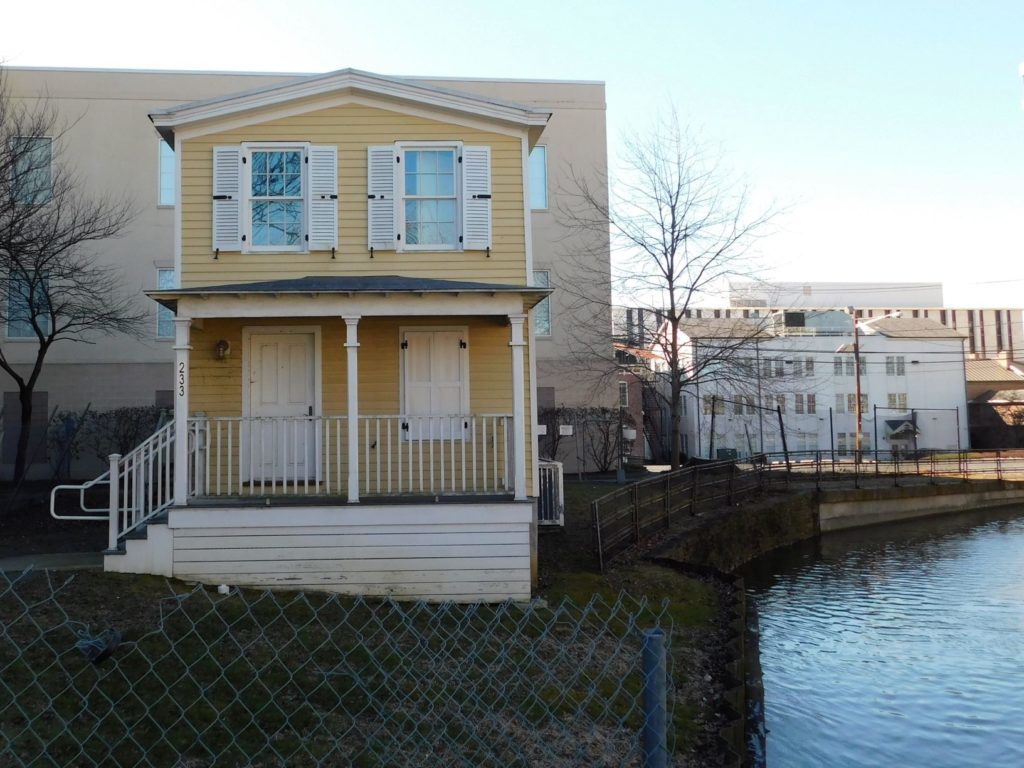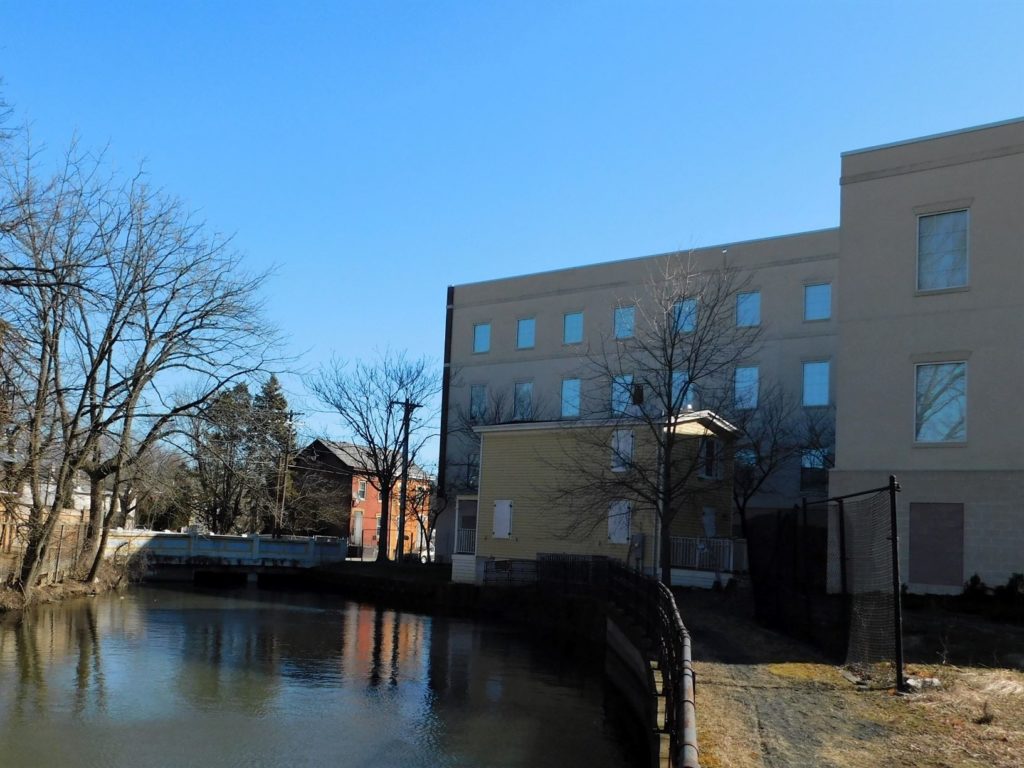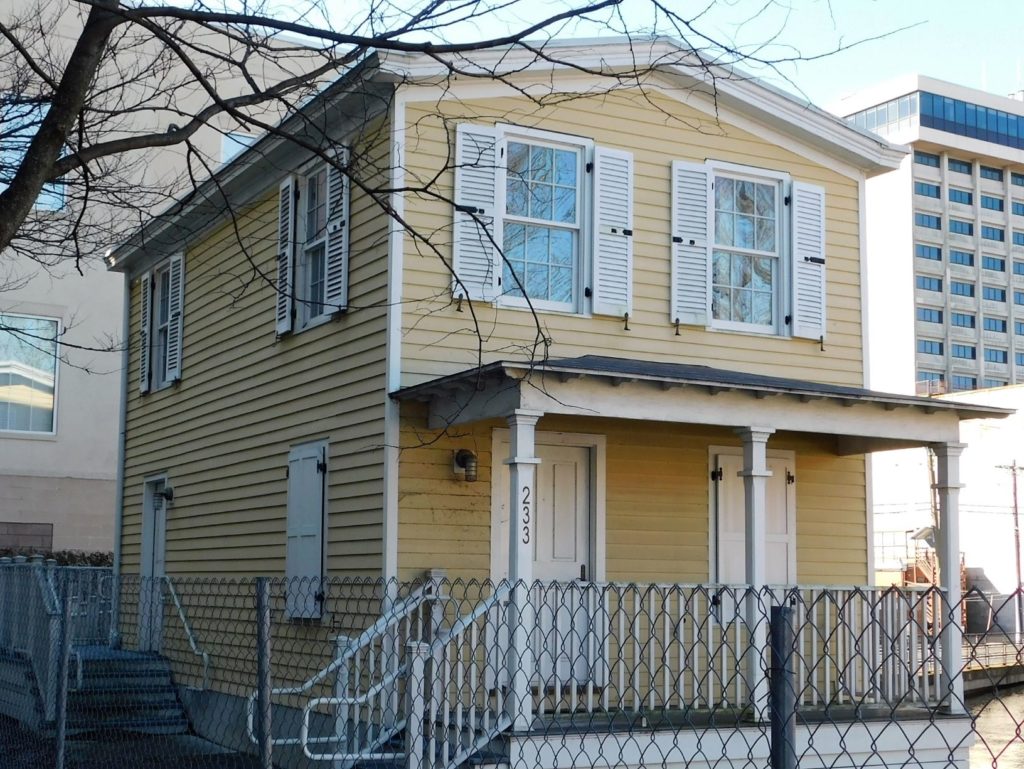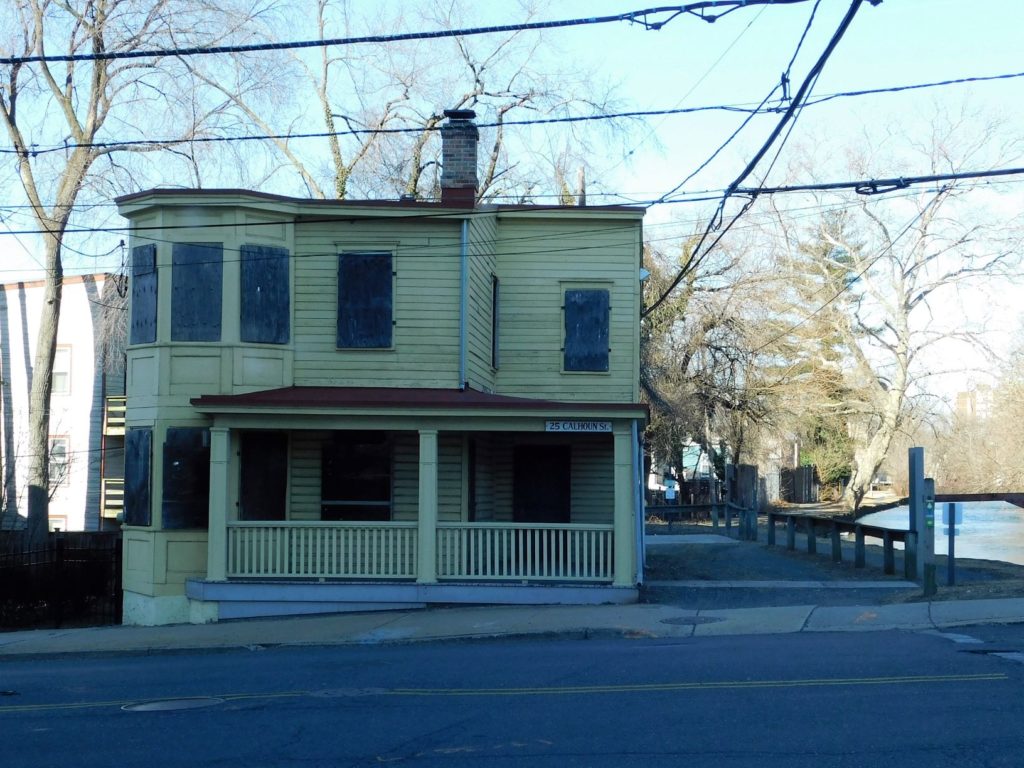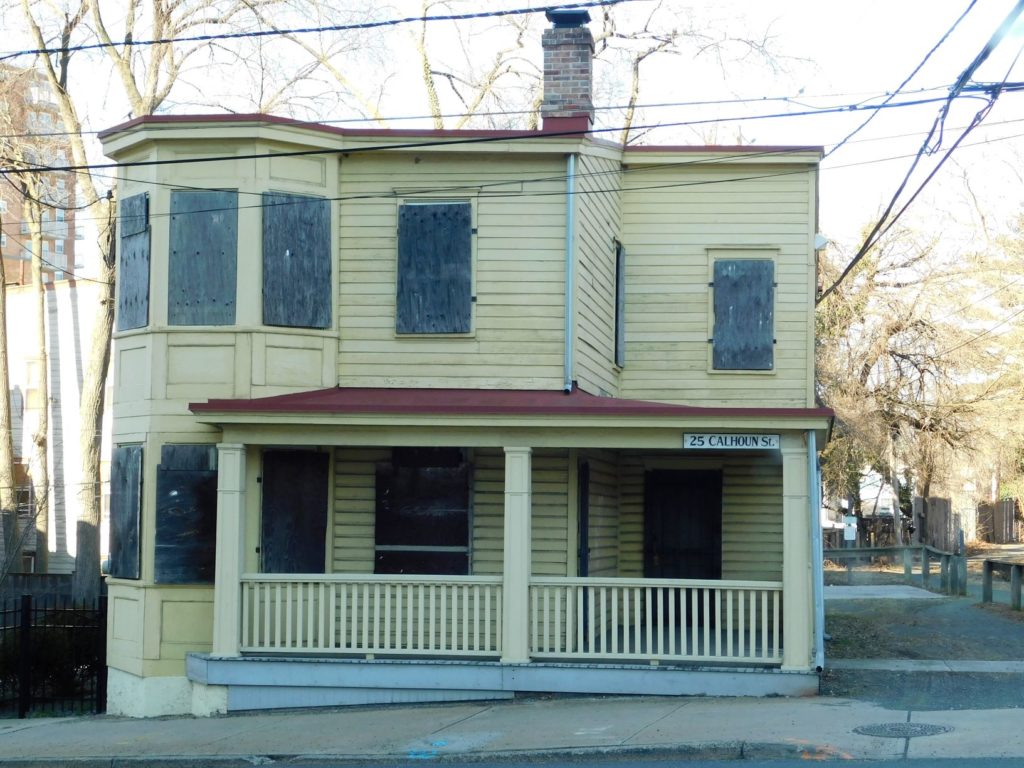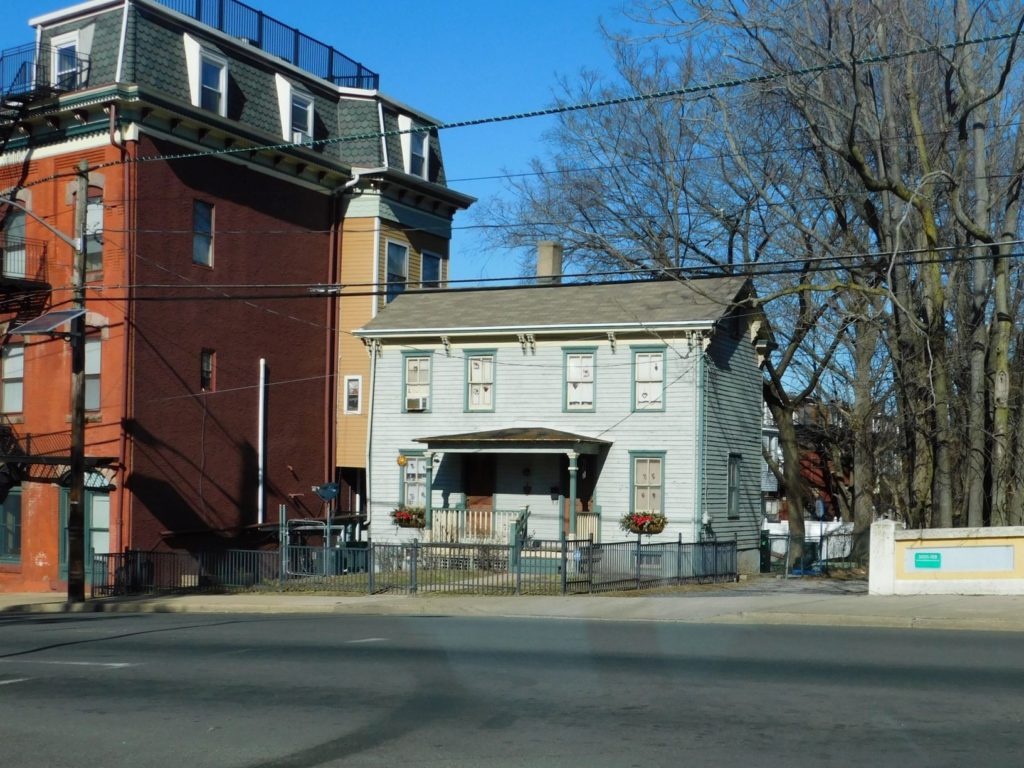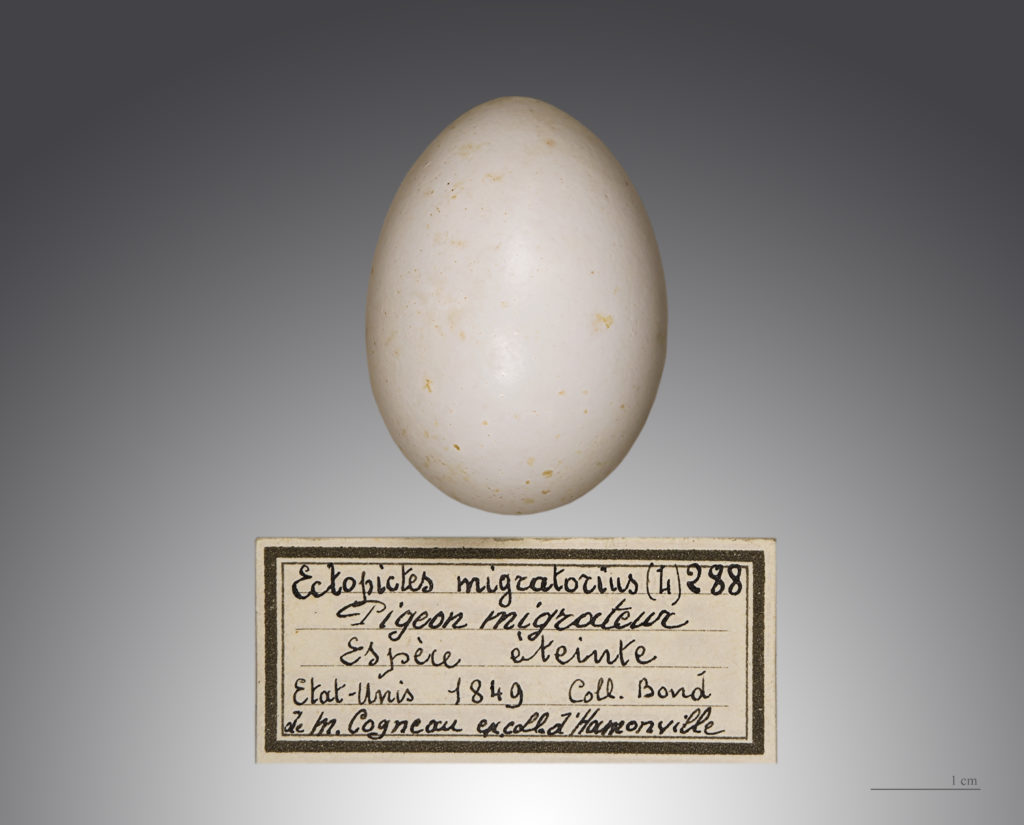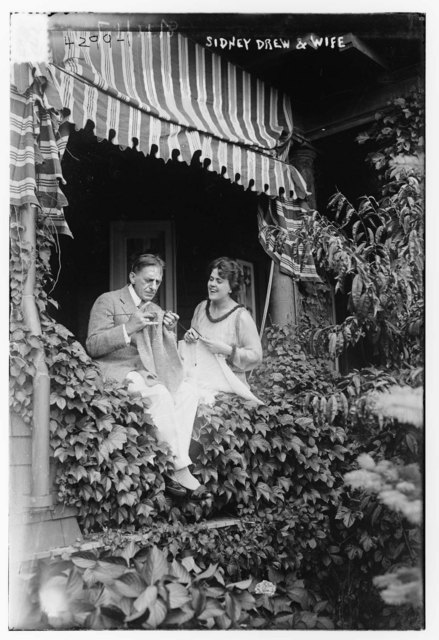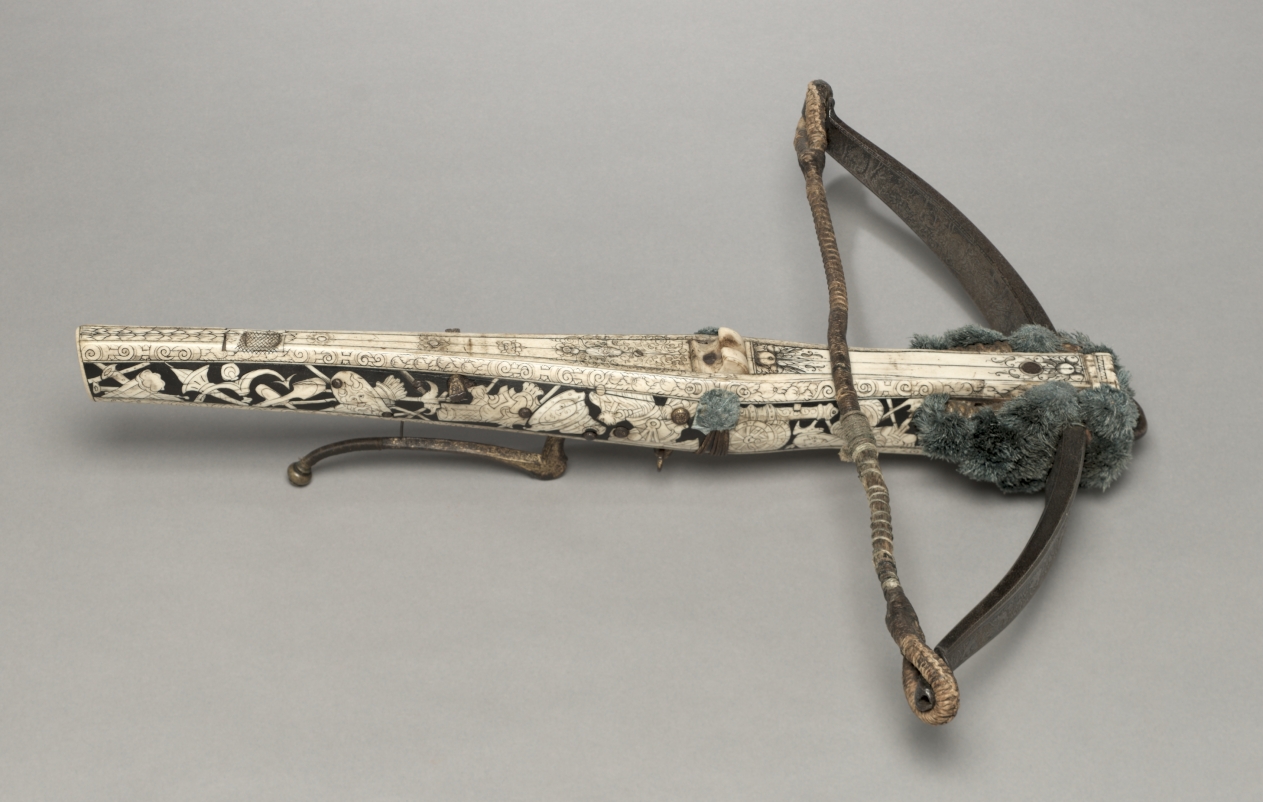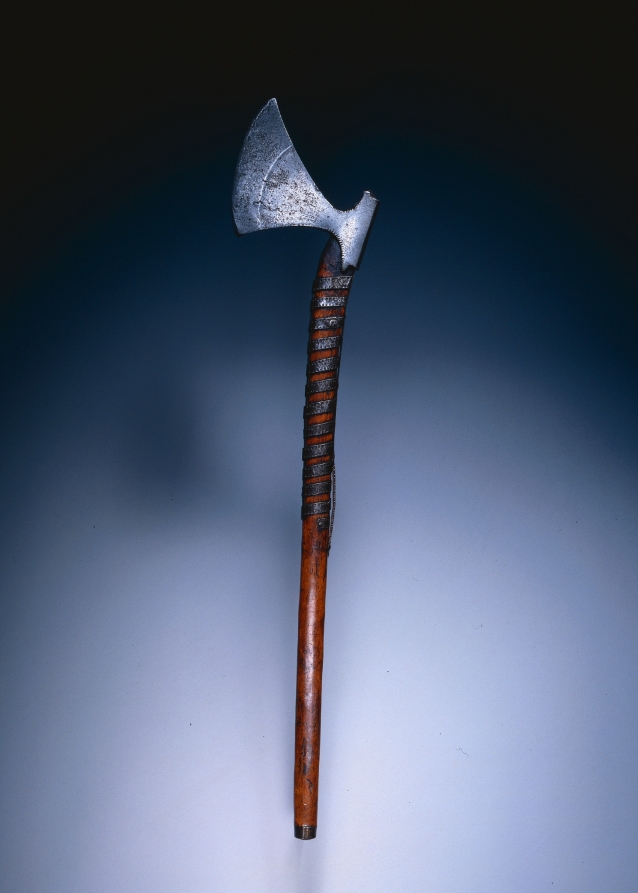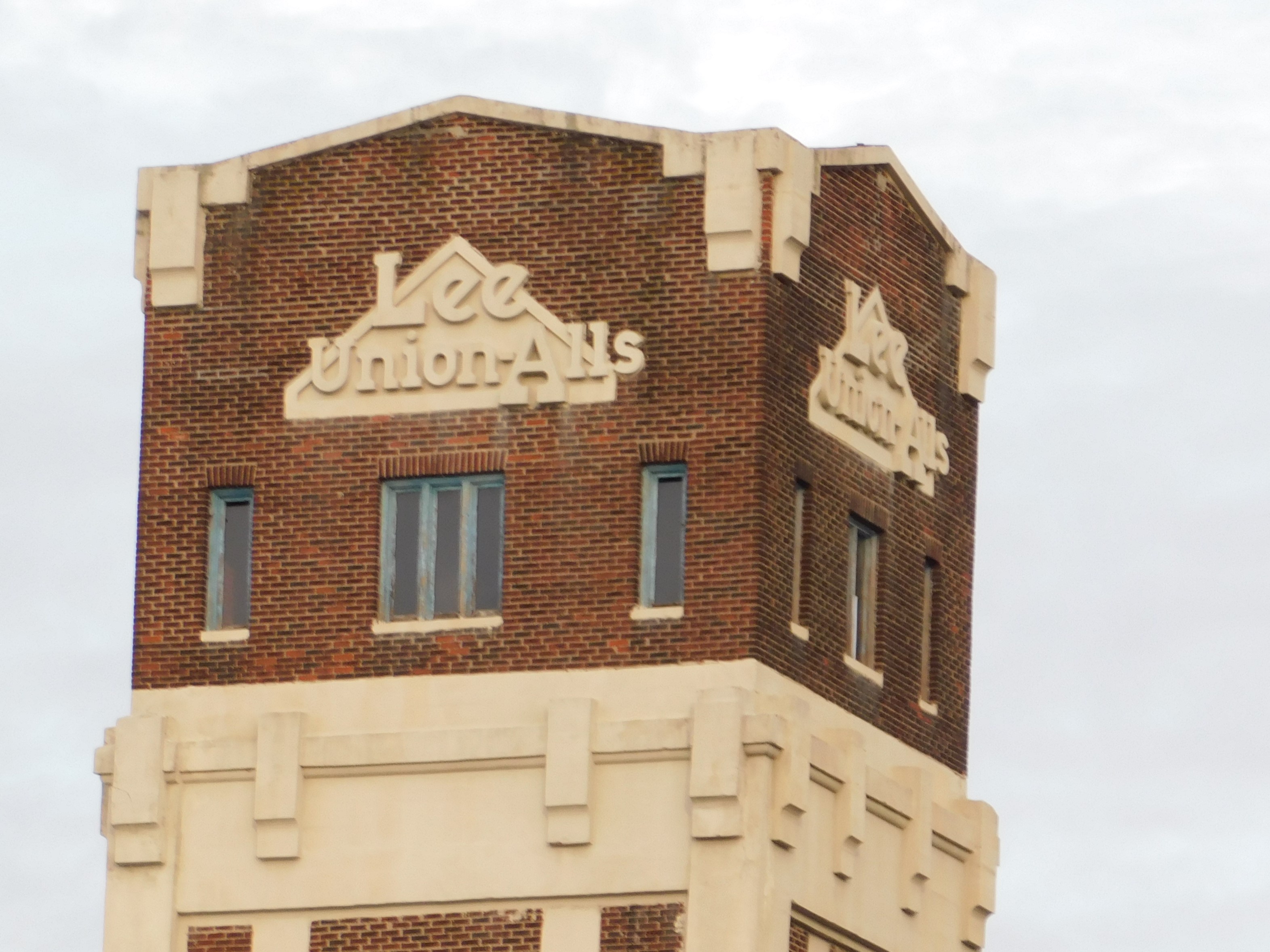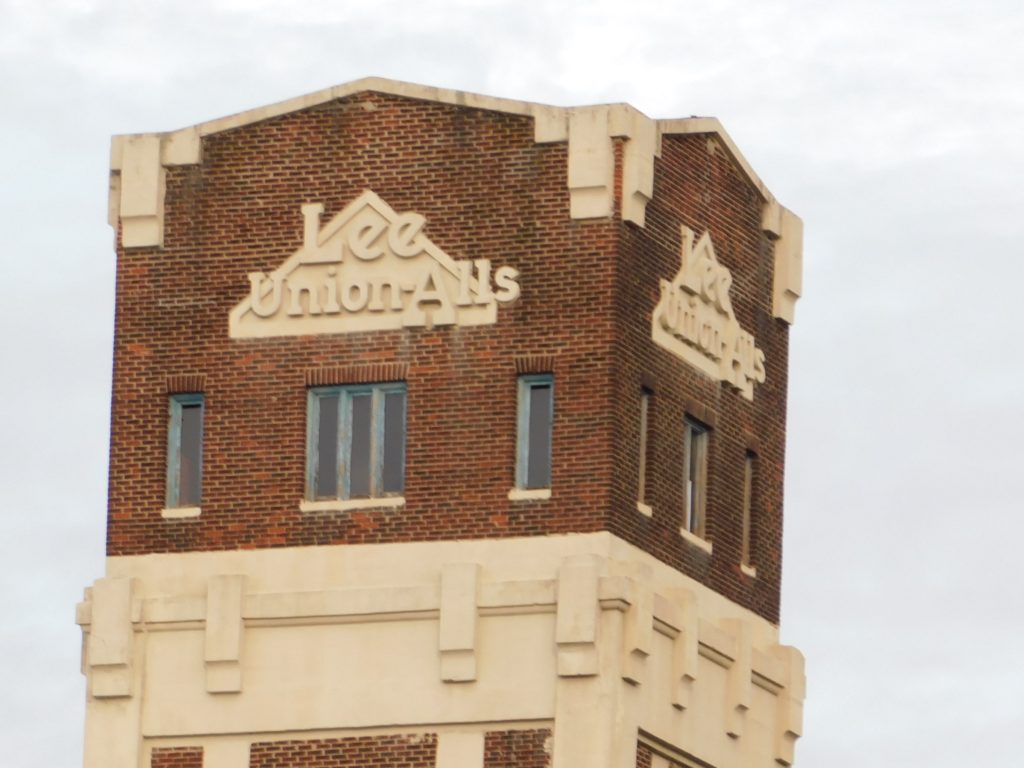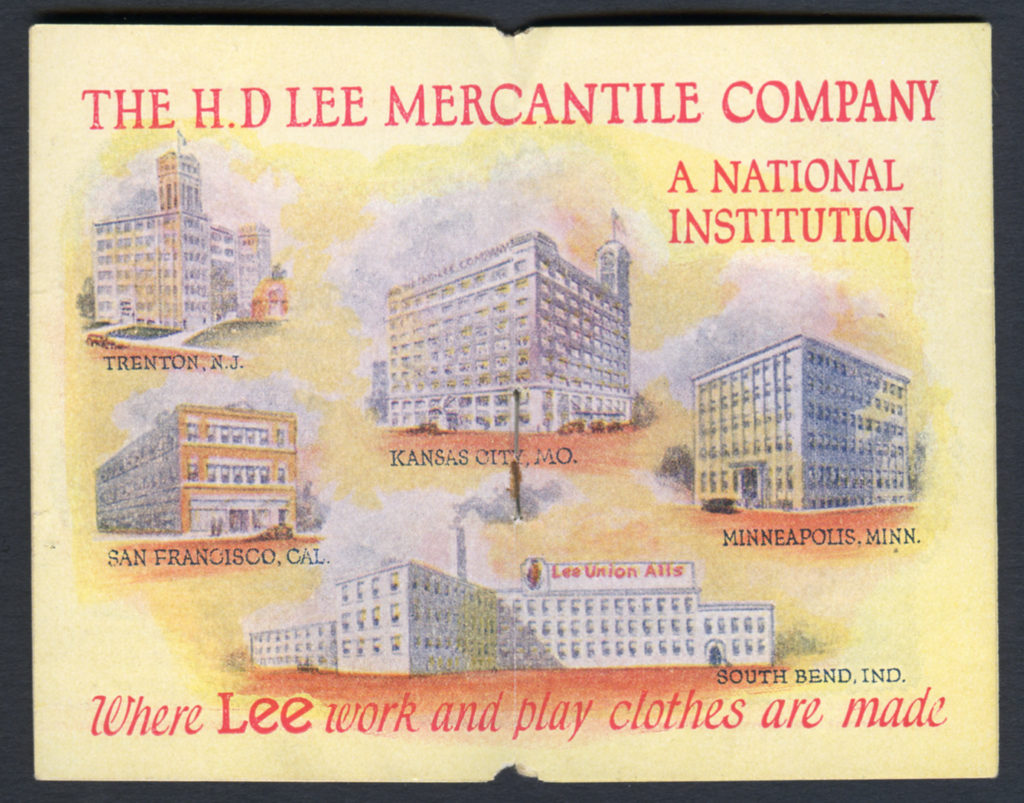Lamoka is a word that you don’t see used much other than for the lake itself, and the prehistoric archaeological culture found along its shores. Does anyone know where its name came from?
On early maps, including the 1829 Atlas of New York and the 1869 New Map of the State of New York, Lamoka is named Mud Lake, and Waneta Lake to the north is called Little Lake. By 1874, in an atlas of Schuyler County (see more of the 1874 Atlas here), Lamoka Lake appears on the map, although Little Lake is still used for Waneta. In the 1879 book History of Tioga, Chemung, Tompkins and Schuyler Counties, New York, “Lamoka” is used repeatedly, and Little Lake has become “Wanetta.”
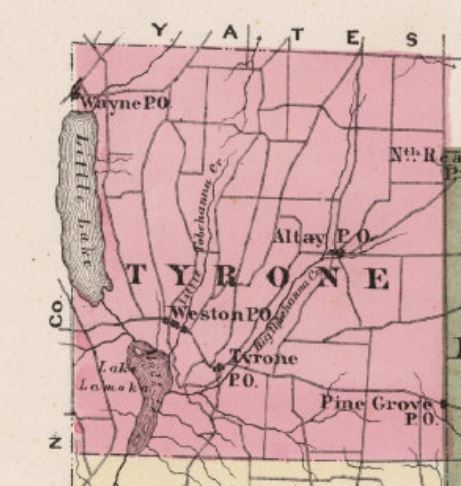
I’m not surprised they changed the name – there are at least 30 other Mud lakes in New York, and Lamoka has a nice sound to it—but I’d like to know where they got the name from.
If anybody knows, or has any clues, please leave a comment!

